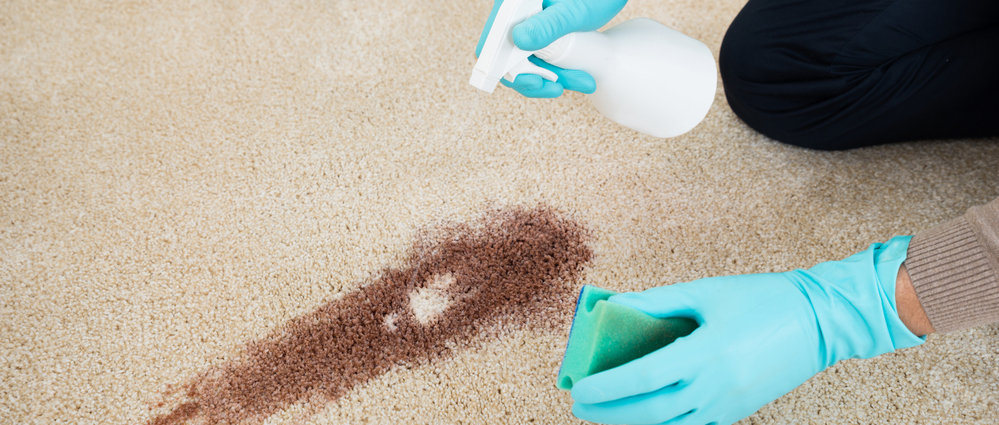Tips for Choosing Multiple Flooring Surfaces

They say “bigger is better,” but is that always the case?
Everything is super-sized these days, including the size of materials we choose for our floors. Consider your choices in hardwood and tile. It used to be that wood flooring came in strips, anything less than 3 inches in width, and a typical strip was about 2.25 inches. Today, you can purchase wood in strips, or planks – anything over 3 inches in width. In fact, planks are now available in widths up to 7 inches.
The size of tile has also increased over the years. A typical tile size several years ago was 12 inches squared. However, tiles can be purchased in squares up to 24 inches.
Reviews are mixed as to whether it is best to use a larger size material in a larger room, or if it’s more appropriate for a smaller room. Some say that big tile and wide wood planks make smaller rooms appear larger, while others say that smaller size of tiles or floorboards require more tiles or boards to be used, which gives the illusion of more space in a tiny room.
We say, the way you install flooring can make a big difference in the apparent size of a room. Clever installation can trick the eye into seeing more space than exists. So whether you prefer the look of wider planks and larger tiles or more narrow strips and smaller tiles, follow a couple of basic installation tricks to make your small room appear larger:
- Set tile or floorboards diagonally across a room. The diagonal is the longest dimension across any floor, so emphasizing it makes a room seem larger.
- Choose a monochromatic theme. Blanketing an entire room in a single color (walls, floors, ceiling, furniture) disguises the dimensions of the room, because it becomes difficult to see where the wall ends and the floor begins.
- Generally, a lighter color is a better choice as it will help reflect light, making your room seem brighter and bigger.
- Run flooring materials over the baseboard in the room, or use the same material for the floor and the baseboards. For example, if you are using tile, add a row of tile along the wall where it meets the floor. The eye will perceive the baseboard or tile as part of the floor and assume the room is larger than it is.

